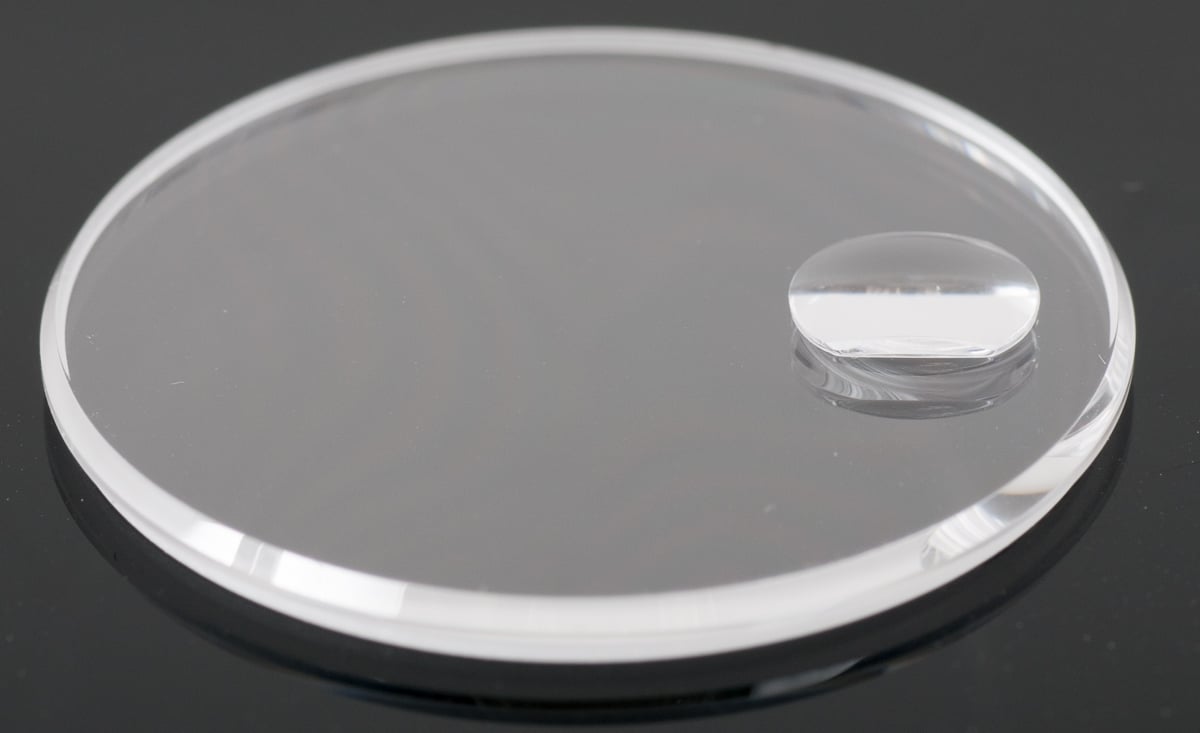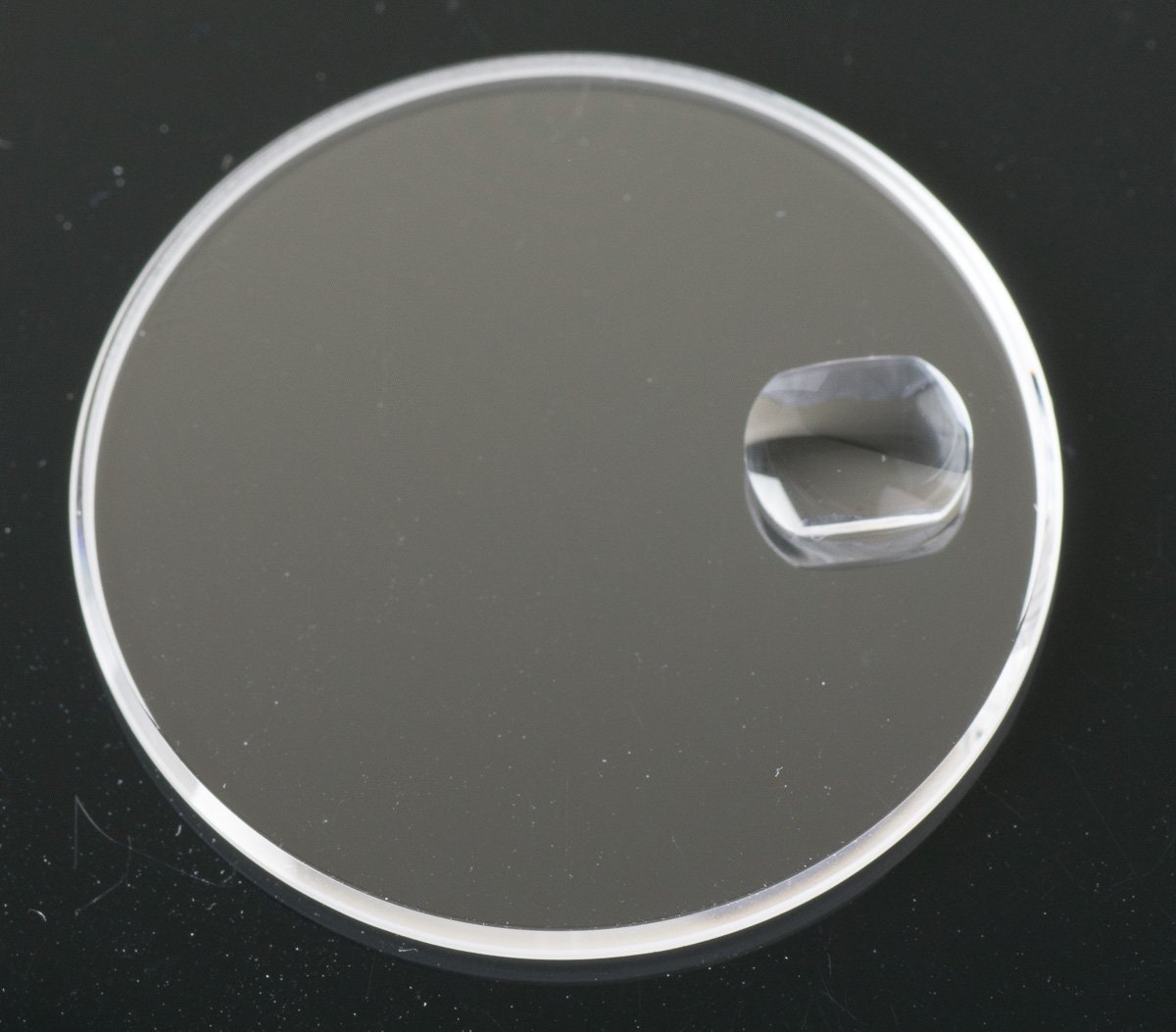When most people hear the term sapphire, images of a beautiful, deep blue, refined gemstone comes to mind. However, according to the Gemological Institute of America, “When no impurities giving it color are present, sapphire can make a wonderful optical window material since it’s transparent throughout the entire visible range.”
French chemist Auguste Verneuil is credited with developing the process for creating the synthetic material known as sapphire crystals. In Verneuil’s process, alumina powder is deposited into an oxyhydroxen flame which creates the sapphire-like material that’s identical to the natural gemstone, except it is created without the laws which offer the natural gemstone its color variations.
Sapphire crystal has a really high melting temperature at 2040 degrees, is highly resistant to scratching and is much stronger than the materials commonly found in regular glass windows or optical lenses.Therefore, sapphire crystal is used in the production of high end watches, in shatter-resistant windows for armored cars and in grocery store bar code scanners because of its scratch-resistance and durability.

